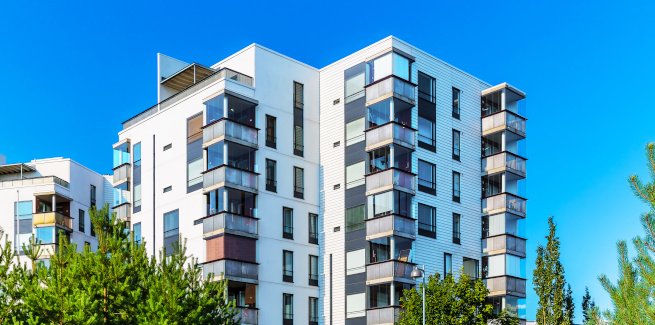The gap between the value of a house and the value of a unit is continuing to widen, with new figures released by CoreLogic suggesting that, in January, this difference ballooned to a record high.
As referenced in the property data body’s Australian unit market update, last month saw Australia’s national dwelling values rise by 1.1 per cent, increasing marginally from December’s 1 per cent.
This overall figure was driven by houses, with the national value growing by 1.3 per cent – increasing from the previous month’s 1.2 per cent.
By comparison, the national value growth for units reached 0.3 per cent over the same period, dropping slightly from December’s 0.4 per cent.
However, the combined annual growth for houses and units in January hit its highest since 1989, according to the report, with rates reaching 24.8 per cent and 14.3 per cent respectively.
The growth for units in regional Australia was almost as strong as the average for Australian houses, however, with combined regional growth hitting 23.7 per cent over the same period.
This was seen at its strongest in Tasmania (30.6 per cent), Victoria (24.6 per cent), NSW (24.4 per cent) and Queensland (24 per cent).
Comparatively, the growth for units in capital cities, on average, rose by 12.7 per cent in the 12 months to January 2022.
Yet, Hobart (32.8 per cent), Darwin (21.3 per cent), Canberra (17.1 per cent), Sydney (15.4 per cent) and Brisbane (13.8 per cent) all reported higher-than-average growth booms.
But while this 12-month growth reflects positives for both units and houses, CoreLogic has also stated that the disparity in value between a house and a unit has reached a record high figure of 28.3 per cent.
However, CoreLogic research analyst, and author of the report, Kaytlin Ezzy said of the findings that, despite rising inflation, affordability constraints, tighter lending restrictions and a potential cash rate hike later this year could be emerging positives for the unit market.
“It is likely affordability constraints will gradually pull some demand away from houses towards more affordable units and with international borders opening this month, Australia may gradually see a return to pre-COVID levels of migration,” Ms Ezzy said.
“As most migrants initially rent in Sydney or Melbourne this could help bolster rental demand in those markets hardest hit by the pandemic, which, in turn, could boost investor demand and ultimately, unit prices.”
[Related: More Australians struggling to transition from apartments to houses]
 ;
;